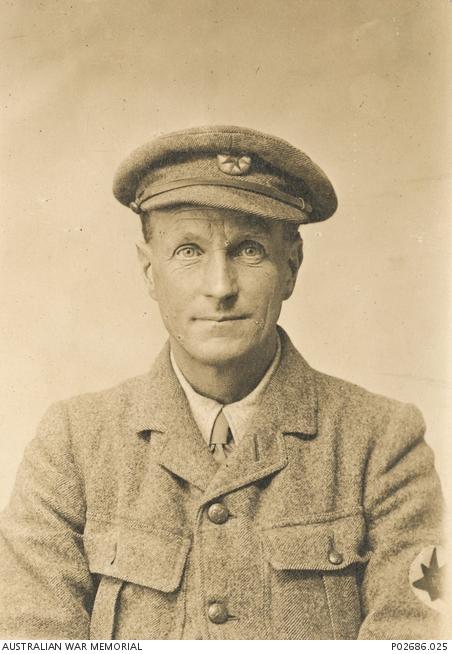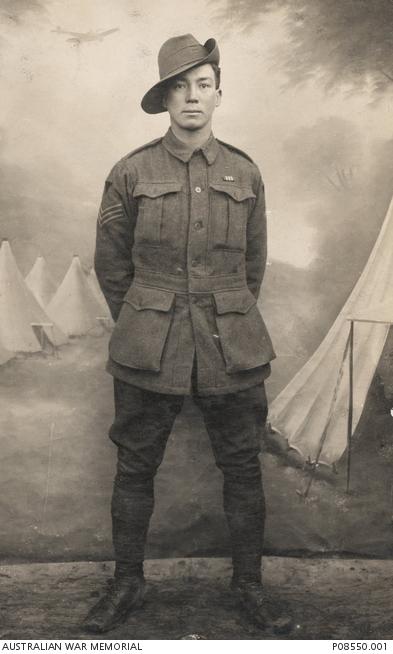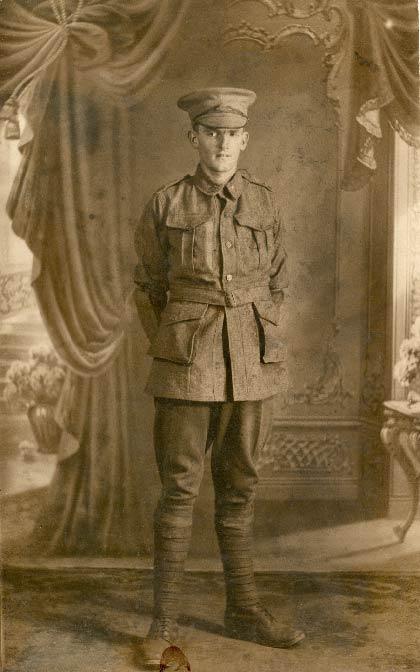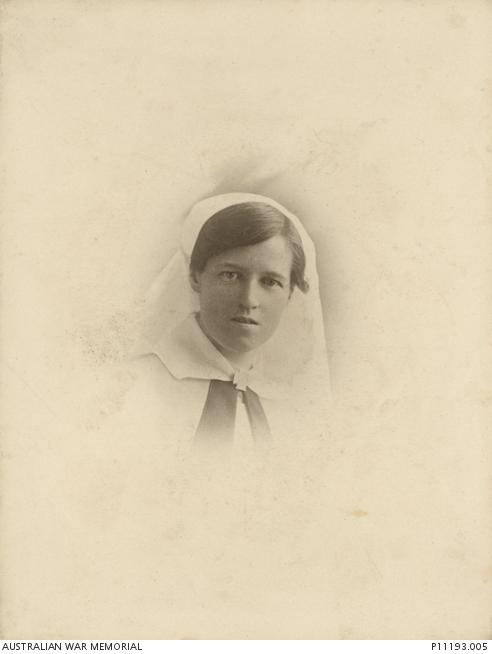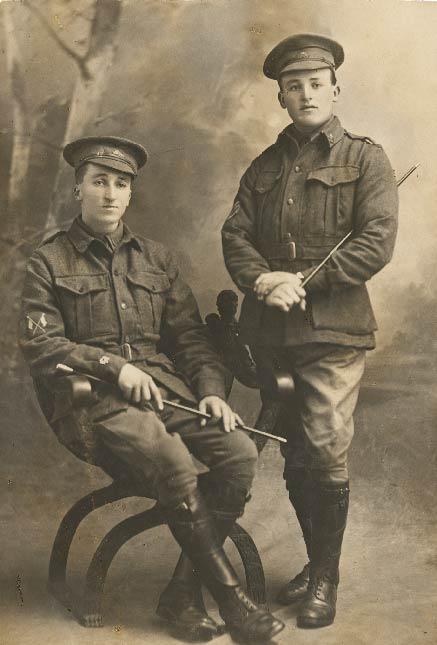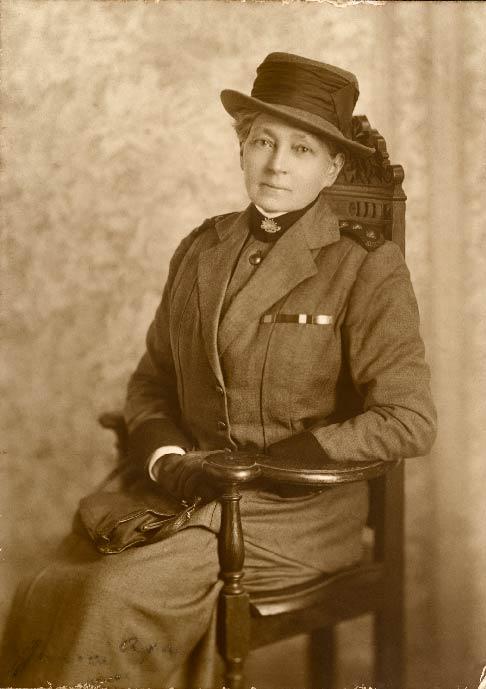First World War Galleries- Photograph Portrait Ribbon
FACES OF WAR
Taken from a collection of thousands of images, the portrait display offers a personal and poignant insight into the impact of the First World War.
Laced throughout the new First World War Galleries is a small ribbon of portraits of servicemen and servicewomen, and the familes and communities who supported them at home.
Since it was first conceived by Charles Bean during the First World War, the Australian War Memorial has been collecting photographs of servicemen and servicewomen, particularly those represented on the Roll of Honour. Bean hoped to memorialise their sacrifice by displaying portraits “in a frieze around the waist of the central hall in any great future Australian Museum”.
Although Bean’s vision of a pictorial Roll of Honour was never realised, the portrait display in the new galleries alludes to this early concept while looking more broadly at the experiences of soldiers represented in the Memorial’s vast photographic collection.
Beyond the stories of those who lost their lives there are tales of award recipients, men who made the war seem like a heroic spectacle, and others who spoke of hardship and adversity. Many of the stories included in the display will be familiar to visitors: John “Barney” Hines, the “Souvenir King”; Oliver Hogue, known by the pseudonym “Trooper Bluegum”; and Jim Martin, often regarded as the youngest Australian to die on active service. Others will be less familiar, and some are unknown.
The portrait ribbon provides an insight into the personal experiences of the men and women who served during the war, recognising that every individual has a unique story tell.
Media Contact
Contact Name
Media team
Contact Email
Contact Phone Number
02 6243 4575
Contact Mobile Number
0409 600 038
